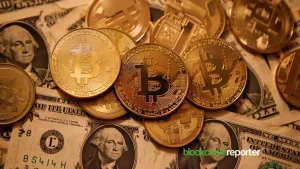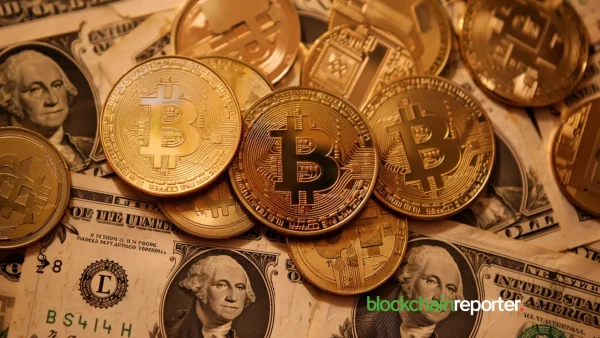
Today’s spotlight falls on a significant transaction involving Curve (CRV), a well-known DeFi token. A report from the blockchain analytics firm Lookonchain reveals an intriguing event: a single entity, often referred to as a ‘whale’ due to the magnitude of their transactions, has made a considerable move by depositing 22 million CRV into the cryptocurrency exchange Binance.
This action, occurring shortly after a broad market liquidation, paints a vivid picture of the high-stakes environment that characterizes the digital asset landscape. The story behind this transaction is both fascinating and important. The whale bought the 22 million CRV at around $0.33/token
This buy was calculated to follow the liquidation, a move often seen by large holders taking advantage of market-wide sell-offs in order to scoop up lower prices with some meaty orders. Despite this, CRV is currently trading at $0.2825; should the whale sell any of its holdings for spot price today (either on DEXes or centralized exchanges) they’ll lose around $1M dollars in mere hours).
CRV’s Price Dynamics and Market Implications
CRV price has remained under immense selling pressure, showing signs of market pressures at play. Over the past 24 hours, CRV has witnessed a 1.7% downturn, with an even more significant loss of price in the last week (-14.7%).
The figures, however, are more than just mere numbers; they allude to the sentiment and changing winds surrounding DeFi as a whole – of which Curve plays no small part. This downturn is indicative of larger market trends and possibly, investor sentiment that remains cautious amidst regulatory uncertainties and market volatility.
The implications of such large-scale transactions extend beyond simple profit and loss calculations. They have the potential to sway market sentiment and impact the liquidity of CRV significantly. When whales decide to move their holdings to exchanges, it often signals potential selling pressure, which can lead to price slippage and impact other traders and investors who may not have the capital to withstand such swings.
Moreover, the actions of such entities highlight the interconnected nature of the cryptocurrency markets. Large transactions can trigger automatic sell-offs and buy-ins from algorithmic traders and can also influence the strategic decisions of other large holders.
For regular investors, understanding these movements can provide valuable insights into possible market directions and the health of particular blockchain projects.








